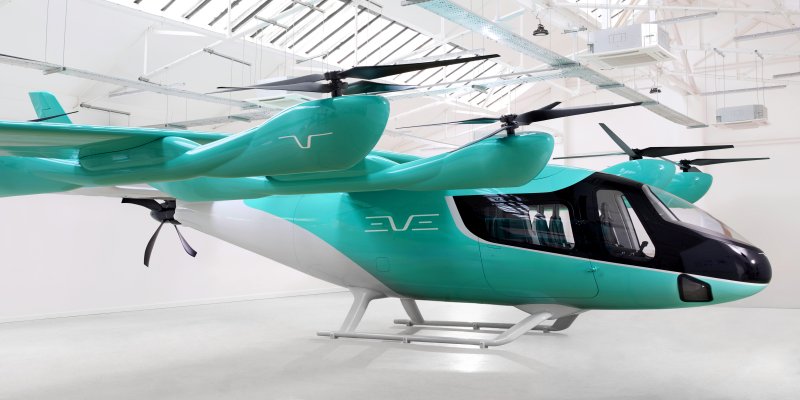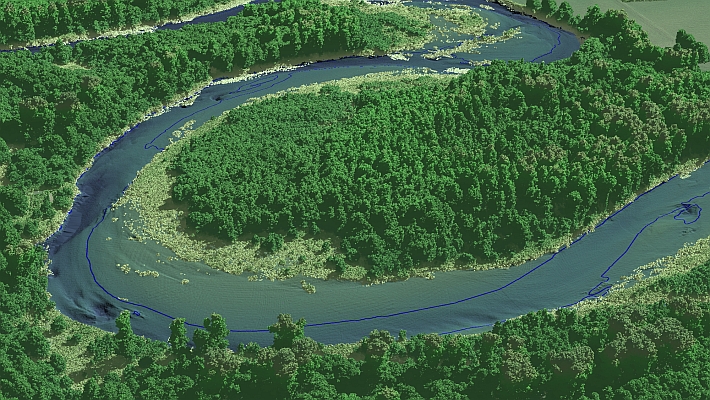A discovery about the moon made in the 1960s is helping researchers unlock secrets about Earth’s ocean today. By applying a method of calculating gravity that was first developed for the moon to data from NASA’s Gravity Recovery and Climate Experiment, known as Grace, JPL researchers have found a way to measure the pressure at the bottom of the ocean.
Just as knowing atmospheric pressure allows meteorologists to predict winds and weather patterns, measurements of ocean bottom pressure provide oceanographers with fundamental information about currents and global ocean circulation. They also hold clues to questions about sea level and climate.
Watkins explains, the science team has found better ways to process Grace data. And by turning to a technique developed for the lunar world, Grace researchers are getting the precise measurements of ocean bottom pressure they were hoping for.
From the moon to the ocean bottom
In the days leading up to the Apollo missions, JPL scientists discovered that certain areas of the moon had higher concentrations of mass than others. The result of these "mass concentrations" was marked differences in the moon’s gravity field.
The researchers then devised a new way to calculate the gravity field called a "mascon" (for mass concentration) solution. Mascon solutions break the gravity field into small, individual regions. The more traditional ways of computing gravity, often called harmonic solutions, smooth everything together and calculate gravity for a whole large area or body.
Recently scientists have begun developing mascon solutions for Grace data for use in a variety of studies, and they are revealing fascinating new details about Earth’s gravity field. These mascon solutions are also proving to be a key to Grace’s ability to measure ocean bottom pressure.
A large field experiment off the coast of Japan provided an unusual and welcomed opportunity to put Grace mascon estimates of ocean bottom pressure to the test. There are few places in the ocean where there are enough data on ocean bottom pressure to validate the satellite’s observations.
Oceanographer Jae-Hun Park and his colleagues at the University of Rhode Island compared the Grace measurements with data collected by a large array of pressure-reading instruments stationed on the ocean bottom as part of the Kuroshio Extension System Study. This two-year observational program to study deep ocean currents and fronts ran from 2004 to 2006.






